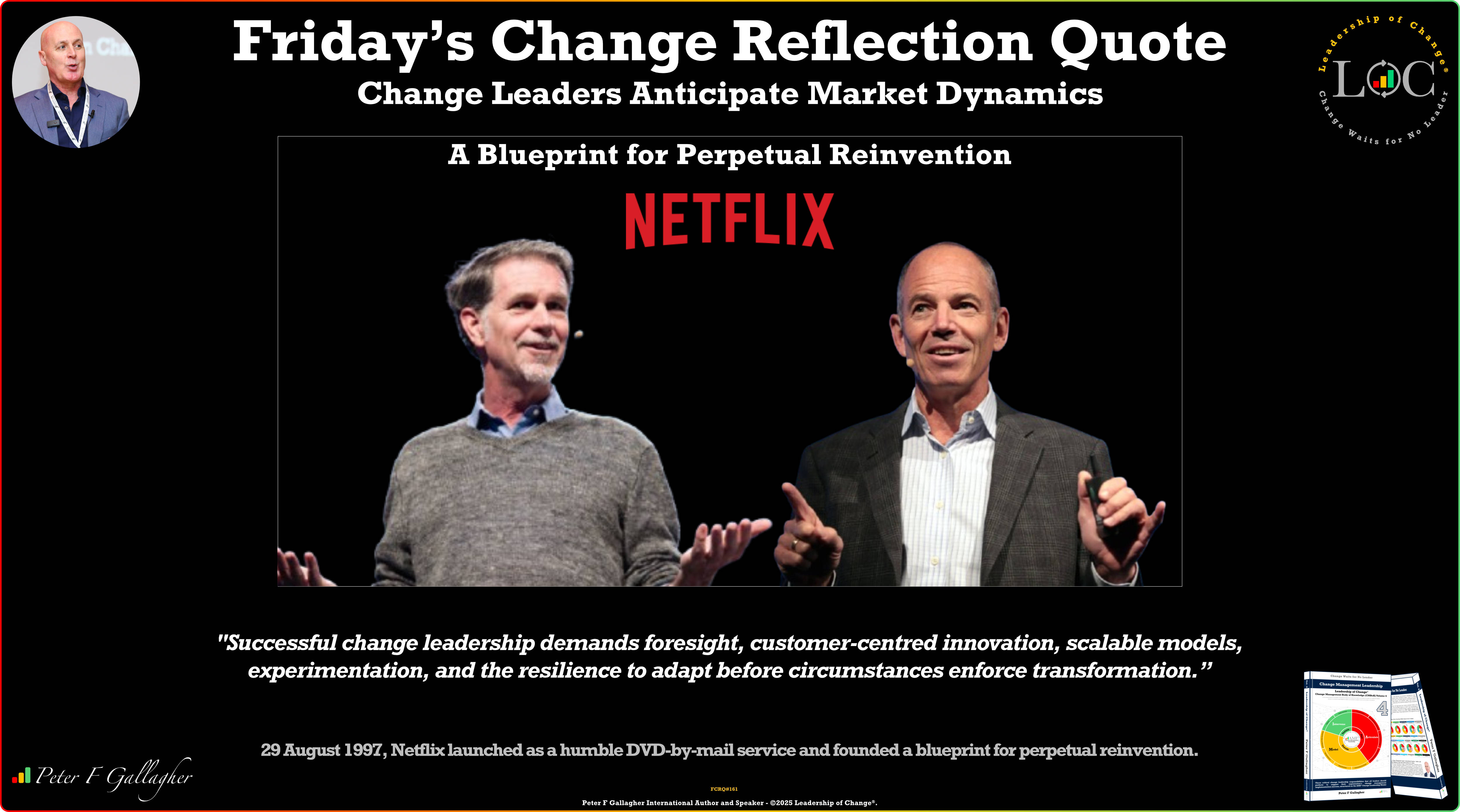
In the March 23rd Wall Street Journal, Sam Walker had a fascinating piece about the connections between effective middle managers and the performance of the company as a whole: “One Fix for All That’s Wrong: Better Managers”. Walker cites Gallup research which found that good middle-level managers account for 70% of the difference between high and low productivity companies. “In other words,” Walker writes, “if it’s a superior team you’re after, hiring the right manager is 70% of the battle.”
One reason for this difference is what Gallup defines as ‘employee engagement’, or how employees feel about their jobs and the work they do. Engagement is characterized as an emotional measure rather than as a set of actions. It has to do with fulfillment, and a sense that the company values each person and what they are capable of.
While many companies track audience/customer/prospect engagement as measured by clicks, views, reads, listens, downloads, likes, shares, etc., Gallup takes a much softer point of view – but it may be far more meaningful. Engagement isn’t an action at all. It is a feeling. If there is one thing we know about social media, it is that what people do often has very little to do with how the content makes them feel. Too often they haven’t even read it.
Anyone driven by metrics can easily fall into the trap of prioritizing activities that can be measured, whether they have any meaning or not.
If Gallup’s study is right, and employees engage in response to (a.) good middle managers and (b.) corporate investment in professional development, then procurement organizations have a lot of ground to make up. We have to invest in our teams and feelings of satisfaction. This will require real leadership. If we don’t care about our work, we can’t generate good results.
People are a competitive differentiator. When we view engagement as an intangible upside that companies desperately need to create customer and shareholder value, we have to position it as equally important to procurement as savings.
By Kelly Barner
Keywords: Management, Procurement, Supply Chain

 Is AI Really Better Than You at Candidate Vetting? How Technology is Overcoming Age-Old Obstacles in Recruitment
Is AI Really Better Than You at Candidate Vetting? How Technology is Overcoming Age-Old Obstacles in Recruitment Friday’s Change Reflection Quote - Leadership of Change - Change Leaders Anticipate Market Dynamics
Friday’s Change Reflection Quote - Leadership of Change - Change Leaders Anticipate Market Dynamics The Corix Partners Friday Reading List - August 29, 2025
The Corix Partners Friday Reading List - August 29, 2025 The Real Reason Your Clients Keep saying No (and it's not what you think)
The Real Reason Your Clients Keep saying No (and it's not what you think)  Citi‑Zen: Synthesizing Ancient Wisdom and Quantum Futures for a New Planetary Order
Citi‑Zen: Synthesizing Ancient Wisdom and Quantum Futures for a New Planetary Order